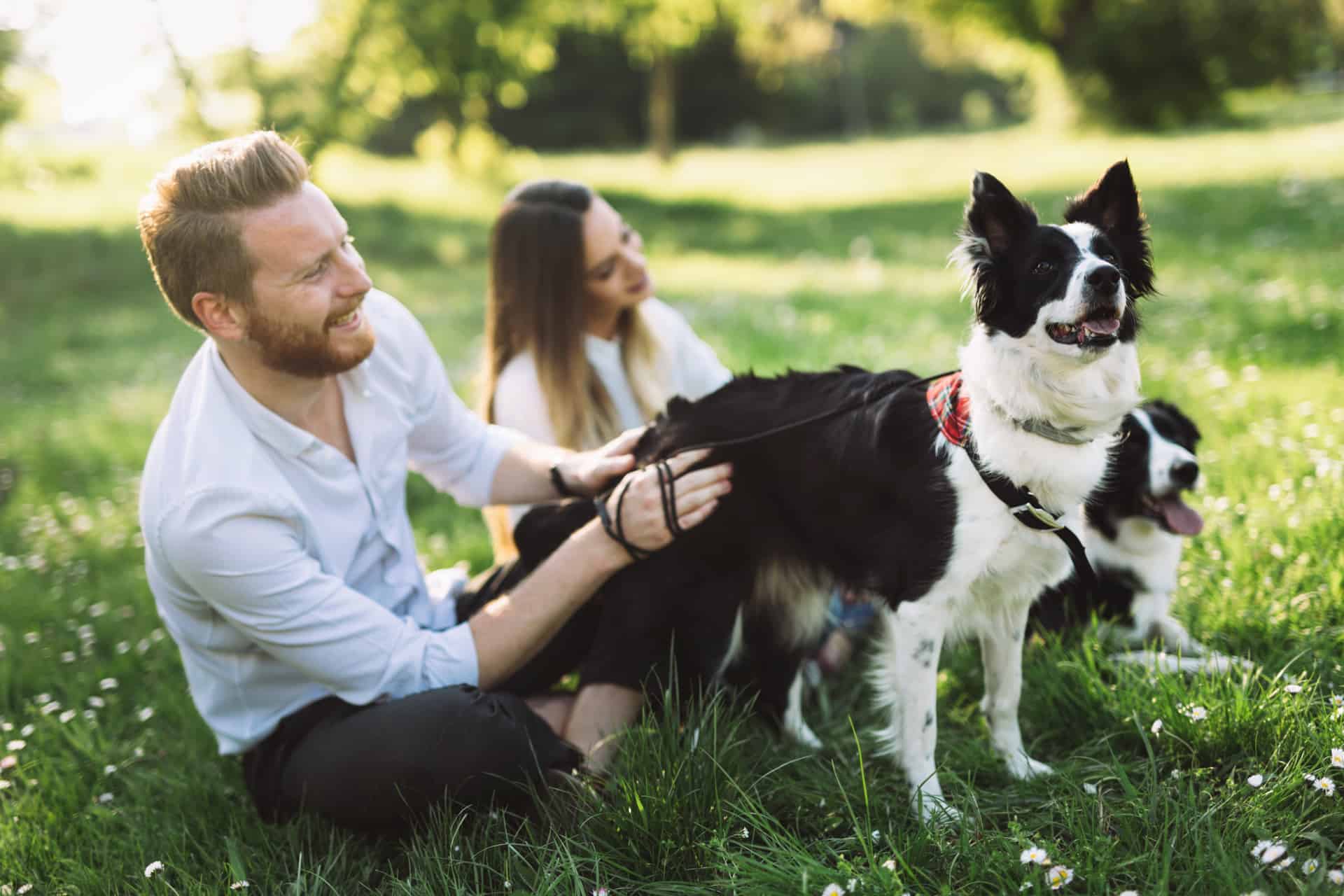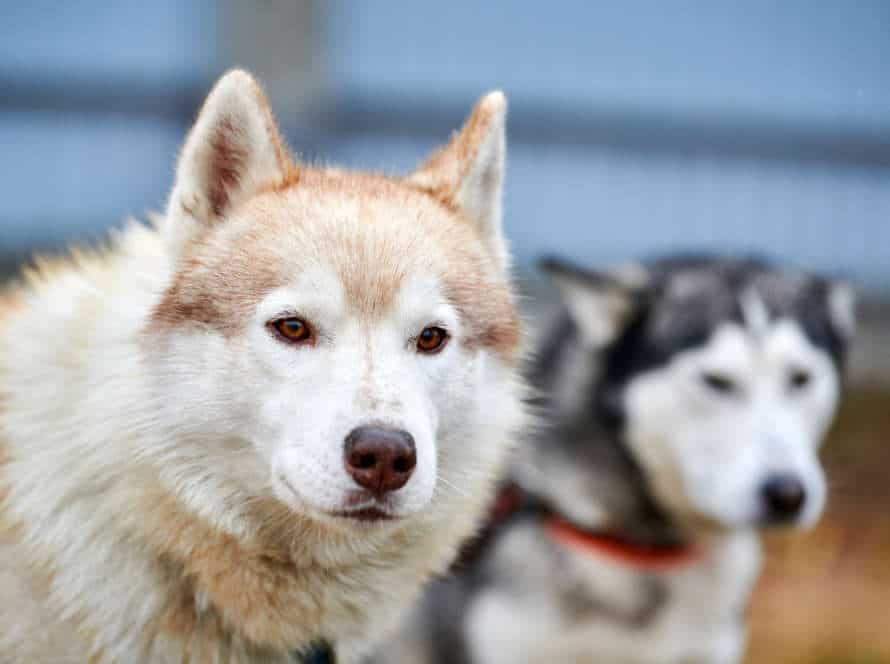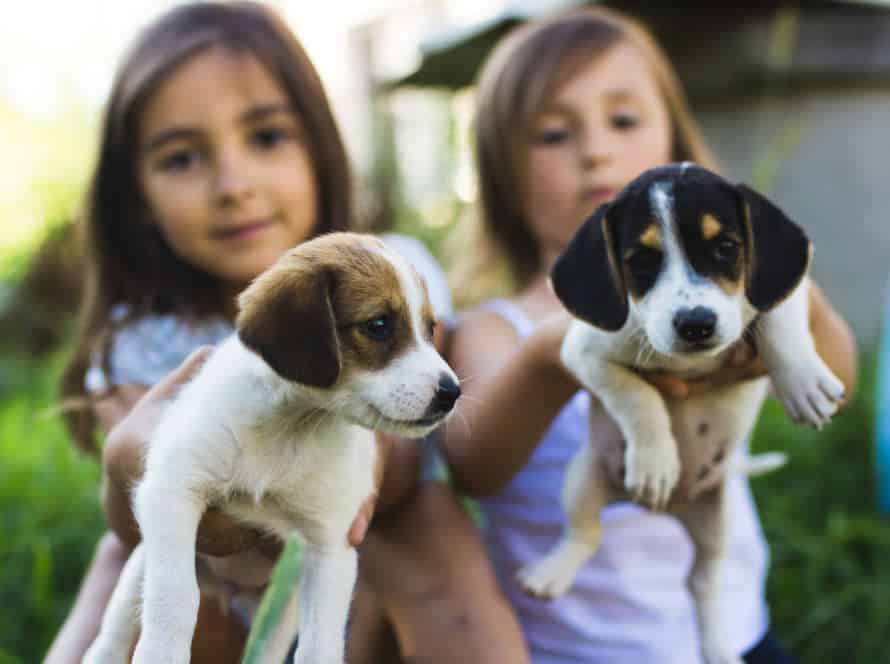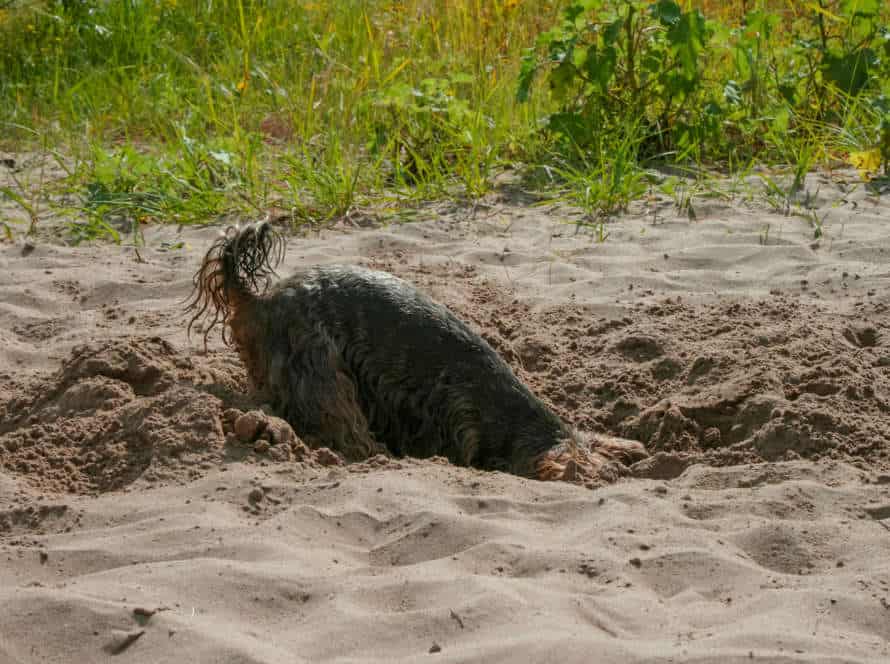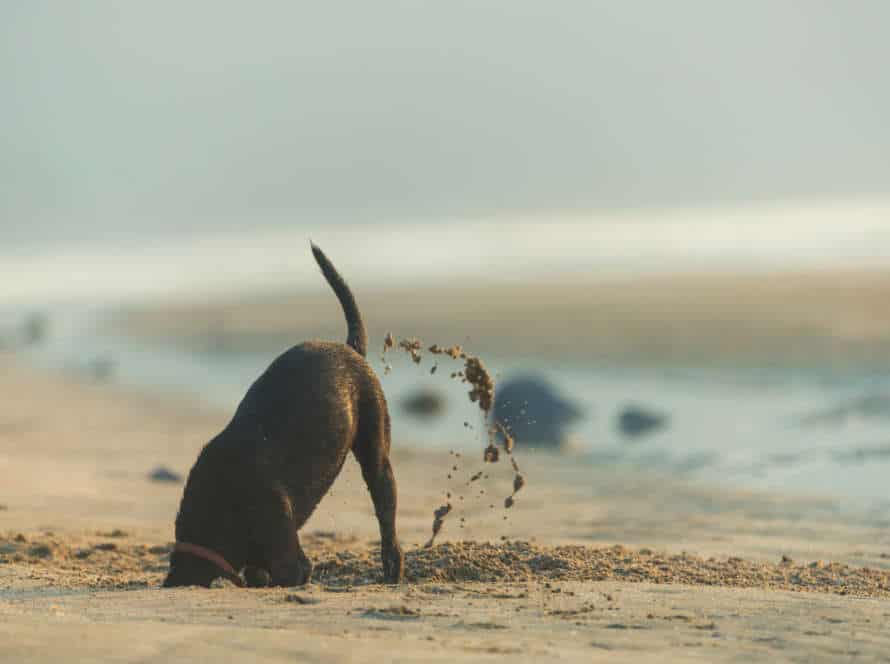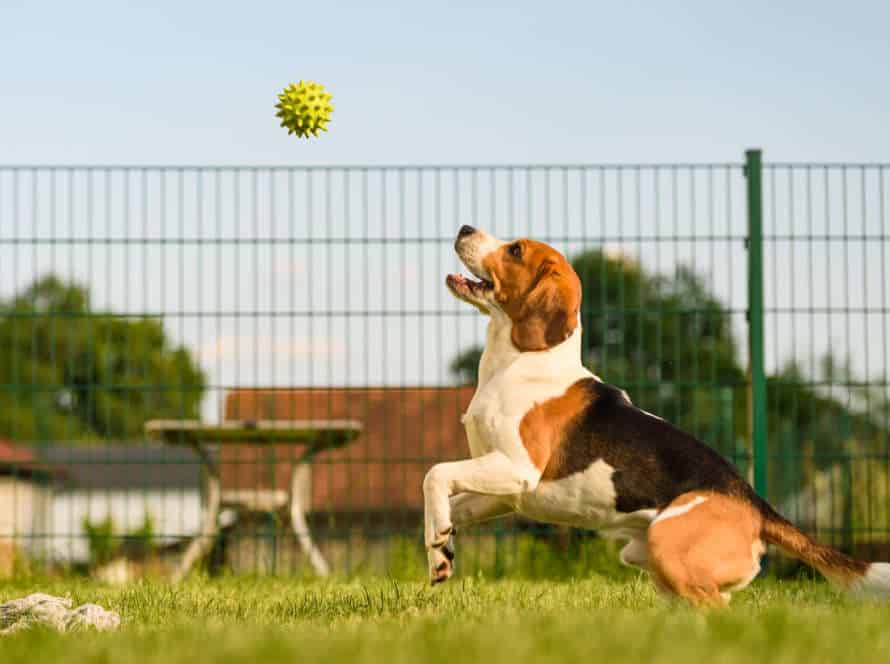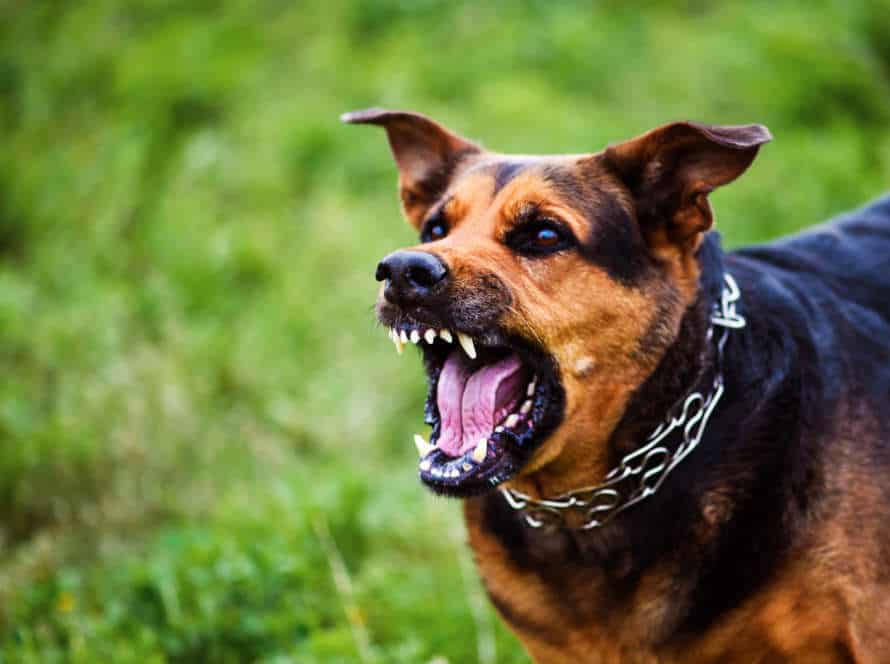Understanding Your Dog’s Attachment to You
Knowing your dog’s bond with you is essential for a solid and healthy connection. Dogs are social animals and build a powerful emotional relationship with their owners. Studies show that dogs’ ties resemble those of human babies, implying they need frequent care and focus to bond.
These are signs of a strong attachment between you and your pup:
- Your dog seeks nearness to you and needs your attention.
- Your dog trails you and is troubled when you go.
- Your dog looks for solace and backing from you during times of tension.
Grasping these pointers and creating a strong attachment with your dog through reliable care, love, and good reinforcement can result in a happy and healthy relationship with your furry friend.
What is attachment?
Attachment is an emotional bond between you and your pup. It isn’t built overnight. It is a long-term relationship, based on emotions, between two creatures. Many see it as a deep love and fondness. For your pup to be more connected to you, it is essential to comprehend the notion of attachment.
Theories of attachment in dogs
Attachment is a strong emotional connection between two people – and dogs too! There are four attachment theories for dogs: Bowlby’s, Ainsworth’s, Topal’s, and Prato-Previde and Valsecchi’s.
Bowlby’s theory says dogs form an attachment bond with their primary caretaker for safety and security.
Ainsworth’s suggests dogs have three attachment styles: secure, anxious-ambivalent, and avoidant – just like humans.
Topal’s theory says dogs can form multiple bonds with various people.
Prato-Previde and Valsecchi’s say that dogs’ attachments come from social learning and their response to human social cues.
Knowing these theories can help dog owners make a stronger connection with their pup.
The role of oxytocin in attachment
Oxytocin is a hormone that helps with attachment, forming social bonds and trust between people. When we interact, it gives us a feeling of happiness and trust. This same bond is seen between dogs and humans. Oxytocin levels increase in both during positive interactions and bonding.
Knowing this, dog owners can better strengthen their bond with their pet. To increase oxytocin release, play with them, give physical affection and use positive reinforcement techniques. This will create feelings of trust, security, and happiness, deepening the attachment to each other.
The impact of attachment on a dog’s behavior
Attachment is a strong emotional bond between a dog and its owner or caregiver. This connection determines the dog’s behavior, personality and social interactions. Its formation depends on prior experiences, personality and breed. Here are a few ways attachment affects a dog’s behavior:
- Separation anxiety – Dogs heavily attached to their owners may feel anxious when alone for too long.
- Aggression – Some dogs become protective of their owners if they perceive a threat.
- Fearfulness – Dogs with weak attachment to their owners or who have suffered trauma may be fearful.
Knowing your dog’s attachment can help create a better relationship and manage any behavior issues.
Factors influencing attachment
The bond between humans and their dogs can be strong. Many strive to strengthen this connection. Factors that affect the attachment between people and their pup may surprise you. To understand this attachment better, let’s investigate some of these factors.
Early socialization and bonding experiences
Socialization and bonding experiences are important for your pup. They affect their behavior and emotional growth.
Socialization is when puppies learn how to be around other doggos and humans, and how to act socially. Early exposure to different environments, sounds and smells can reduce fear when they’re adults.
Bonding experiences involve positive interactions with humans. These may be playing, training or cuddling. Positive reinforcement techniques help create a bond of trust between you and your pooch. This bond increases their responsiveness and reduces negative behaviors.
Pro Tip: Early and continued socialization and bonding experiences have long-term effects. Provide positive reinforcement and regular socialization to create a secure bond with your pup!
Breed and individual personality traits
When discussing a pup’s bond with their owner, breed and individual traits have an impact.
Various breeds often have distinct characteristics that can affect their attachment, like independence, sociability, and energy.
For instance, Golden and Labrador Retrievers are famed for their social attitude and strong connection to their human.
A pooch’s individual character also matters; being shy or anxious may make them clingier to their owner, while independence or stubbornness can make them more independent.
Realizing these elements can assist pet owners in understanding their dog’s attachment, so they can adapt their care to their specific needs.
The owner’s behavior and interactions with their dog
The bond ‘twixt a pup and its owner is created by the owner’s actions and their interactions with the pup. Daily routines, tones of voice and body language all have an impact.
A few ways to boost the relationship and bond:
- Regular, consistent feeding and exercise.
- Using treats and praise to encourage good behaviour.
- Spending quality time – playing or going for walks.
- Noting the pup’s body language and responding.
- Being patient and understanding.
By doing this, an owner can create a trusting relationship and a stronger bond.
Signs of attachment in dogs
Dogs love people! It’s their nature. They need strong relationships with their humans to be happy. You can see how attached they are to you by the way they act around you. Here’s a few signs that show your pup is very attached to you.
Separation anxiety and distress vocalization
Separation anxiety can lead to distress vocalization in dogs, such as barking or howling when they’re left alone. Knowing the signs of attachment in dogs can help you identify if your pup may have separation anxiety. These include:
- Following you around, even to other people and animals.
- Sitting or lying down close to you or in your lap.
- Seeking physical contact, like nuzzling or licking.
- Greeting you with a wagging tail and jumping up.
This anxiety can cause destructive behavior, such as chewing and scratching furniture or clothing, and panting or drooling. Preventing this anxiety can help lessen distress vocalization and other symptoms. To do this, take small steps to increase time alone, and provide enough exercise and mental stimulation.
Protective behavior towards the owner
Dogs are emotionally attached to their owners. To form a strong bond this connection needs to be understood. Here’s what to look for:
- Calling for your attention and wanting physical contact.
- Following you everywhere, even to the loo or kitchen.
- Getting anxious when you leave the room or house.
- Reacting aggressively to threats, such as strangers or other animals.
- Choosing your company over others.
Recognising these behaviours and responding to them is key to building trust, respect and a loving bond.
Following the owner everywhere and seeking physical contact
A dog’s devotion to its owner is clear in its behavior. Signs of attachment could be:
- The pup follows its owner around, even when it’s not needed.
- It wants physical contact, like snuggling or leaning against them.
- When the owner comes home, the pup greets them with wagging tail and jumps.
- When the owner leaves, the pup gets distressed, barking, whining and destroying things.
Having a clear understanding of your pup’s attachment to you can help strengthen the bond. To make the bond even stronger, spend quality time together, like training or playing.
Building and strengthening attachment
Cherish and nurture the strong bond between you and your pup! Dogs can be very devoted to their owners. Plus, owners can form a strong connection with their canine chum. To create and keep a lasting attachment, here are several steps to follow. Both you and your doggo will be in a happy, fulfilling atmosphere.
- Give your pup ample attention and time to build a strong bond. Make sure that they get enough playtime and cuddles!
- Be patient with your furry friend. Training takes time and requires patience, but the rewards are worth it.
- Feed them well, provide healthy treats, and make sure that they get regular exercise. A healthy dog is a happy dog.
- Spend quality time together doing something you both enjoy – whether it be going on walks or snuggling on the couch.
- Communicate with your pup through verbal cues and body language. Over time, you’ll learn to understand each other better.
- Set clear boundaries and use positive reinforcement to encourage good behavior. Remember to be consistent!
Positive reinforcement training and socialization
Positive reinforcement and socialization are paramount for constructing and strengthening your pup’s connection with you. Use positive reinforcement techniques to establish a thriving and contented bond with your furry friend.
Here are some ideas:
- Offer treats and compliments to prize great habits. Positive reinforcement has been verified to be more effective than punishment-based training in generating enduring conduct change in dogs.
- Socialize your canine through beneficial encounters with other people and animals. This can avert fear and aggression toward strangers and new circumstances.
- Give your dog quality time, playing games, going for walks, and engaging in activities that they savor. This will cultivate a stronger connection between you and your furry chum.
Remember: Consistency is essential when it comes to positive reinforcement training. Set explicit limits and expectations for your dog, and always reward good behavior.
Bonding activities and games
Bonding activities and games are a great way to build a connection with your furry pal. Here are some fun ones to try:
- Tug of War: This game uses your pup’s natural instincts. It engages them physically and mentally.
- Hide and Seek: This game can be done inside or outside. You hide and your pup looks for you.
- Training: Get involved in training sessions with your dog. Reward them for good behavior.
- Fetch: A classic! Play with a stick or ball in the park or backyard. Exercise and bond together.
- Take A Walk: Go for a daily walk. It’s healthy for both, physically and mentally.
Doing these activities can make your relationship with your furry bestie even better.
Consistent routine and quality time spent together
Consistency & quality time are two must-haves for strong attachment with your furry pal. For consistency: have a routine for feeding, playing, & exercise. Use same commands & rewards for training. Keep same sleeping arrangements. For quality time: take walks/runs, play fetch, or do activities your dog enjoys. Sign up for a class to bond & teach skills. Also, allocate time for cuddling & grooming. Remember- building attachment takes time, patience, & effort- but it’s worth it!
Frequently Asked Questions
Q: How do I know if my dog is attached to me?
A: Signs of attachment in dogs include following you around, seeking physical contact, greeting you excitedly, and responding to your voice and body language.
Q: Can my dog be attached to more than one person?
A: Yes, dogs can form attachments to multiple people, but there is usually one primary caregiver they are most attached to.
Q: How can I strengthen my bond with my dog?
A: Spending quality time together, providing positive reinforcement during training, and showing affection through physical touch can all help strengthen your bond with your dog.
Q: What can I do if my dog has separation anxiety?
A: Gradually acclimating your dog to being alone, providing plenty of mental and physical stimulation, and seeking guidance from a professional trainer or veterinarian are all potential solutions to separation anxiety in dogs.
Q: Can a strong attachment to me be a problem for my dog?
A: A strong attachment is generally a positive thing, but if your dog becomes overly dependent on you and experiences distress when you are not around, it can lead to separation anxiety and other behavioral issues.
Q: Can I form an attachment with a rescue dog?
A: Yes, dogs that have experienced trauma or a difficult past can still form strong attachments to their new owners with patience, love, and consistent attention.

